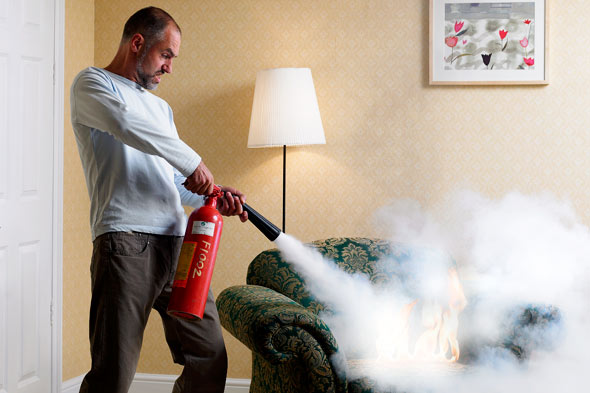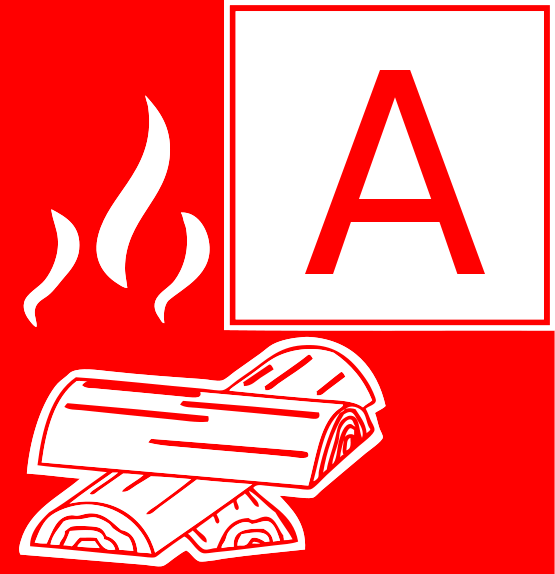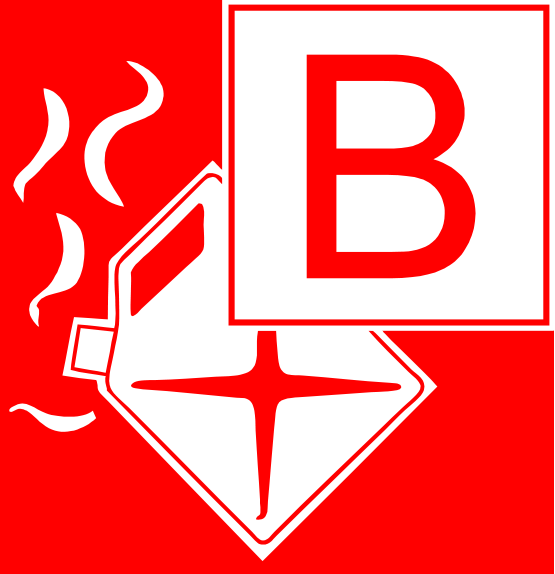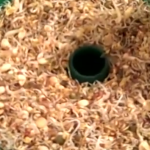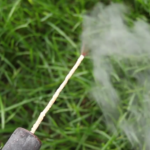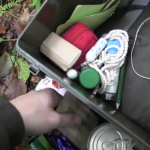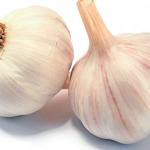Fires are classified by their fuel source, and it is important to use appropriate suppression techniques to properly extinguish them while minimizing hazards. The best way to attack a fire is by using an extinguisher or water in some cases. However, you can also use common household items to get the job done as well. Follow this simple guide that explains the difference between fire types, and use your good judgment when determining whether or not it’s safe to put out a fire or flee the area.
Class A Fires
Class A fires are those that are fueled by dry material such as wood, paper or other combustible items. You can put most of these types of fires out by using water or a combination of water and foam. You can also smother small fires with a wool blanket or use some sand or dirt to cut off their supply of oxygen as well. Most class A fire extinguishers contain water or both water and foam that is stored under high pressure in order to maximize coverage once released.
Class B Fires
These fires come from petroleum, grease or other flammable liquids. Class B fire extinguishers are generally are filled with suppression agents that introduce carbon dioxide into the fire to eliminate its supply of oxygen. You never want to use water on a grease fire in the kitchen or to extinguish a fire that is fueled by flammable liquids. Water can rapidly spread the material and cause the fire to grow. Water will also not put out most fires in this category. If you don’t have an appropriate fire extinguisher, you can smother the fire with a thick wool blanket (if it is really small), or douse it with baking soda, sand or dirt that will absorb the liquid while also interfering with its oxygen supply. Just remember to be careful so you don’t spread the fire during your efforts to extinguish the blaze.
Class C Fires
These fires are electrical in nature, and you never want to use water to put them out until the source of power has been cut off. Water will spread, pool and conduct electricity, and you face a high risk of severe shock or electrocution if you are not careful. Electrical fires also spread very quickly. If the fire is located in an appliance or electronic device, try to unplug it before attempting to extinguish the blaze. If it is in the home, try to pull the circuit breakers and cut the power supply. It is better to use dry chemicals or other suppression agents such as dirt, sand, foam or baking soda when dealing with an electrical fire whenever possible. However, you can use water if you are certain that there is no risk of electrical shock.
Remember that your safety is paramount during any fire, and you need to decide whether to extinguish it or leave the area in a short amount of time. Don’t risk getting trapped or overcome by heat or smoke when dealing with fires that are growing and spreading rapidly. Keep in mind that most household fire extinguishers will only provide a small amount of retardant as well, so they may not be sufficient to tackle larger fires that are growing.
Make sure that you have an appropriate fire extinguisher at the right location in the home, shop or office. This will minimize mistakes and confusion while giving you a fighting chance of extinguishing the blaze before it gets out of control. You can also consider keeping a bucket of sand or baking soda nearby that you can quickly access in order to smother a fire as soon as it starts.


